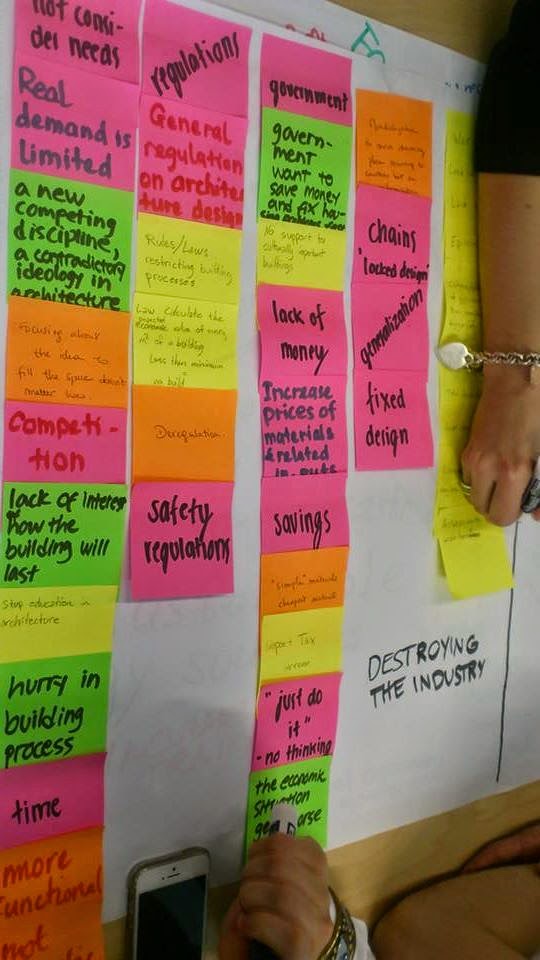The fourth
workday was held at the Mauno conference center in Biocity, Turku. First off
Saara-Sofia Sirén held a presentation of the organization Lastenklinikoiden
Kummit ry, which she works for. The organization is twenty years old and funds
the children’s hospitals in Finland.
The task at
hand was to come up with new ways in which Saara-Sofia could raise more money
to the organization. The organization gives companies the right to use its
Teemu-logo (which is very well known in Finland) to indicate their goodwill
donations, to the price of 10 000 €.
We faced
the challenge head on by just sharing our ideas. All the viable ideas were
taken into consideration and basically we used an affinity diagram-tool,
without any post-it notes. As we got stuck much on the details, we took a break
in order to check our focus. The break was very refreshing and we were able to
get some perspective on the ideas we had. After the break we started
mind-mapping. The previous ideas formed the basis of the map and we went on to
specify which parts were related and also continued with specifying the core
traits of the ideas we had come up with.
By the end
we suggested that Kummit try to make a similar phenomenon as there was around
the fundraising to the children’s hospital in Helsinki. A part of this
suggestion was that core representatives (voluntary) from different age and
social groups would be active on social media and in their networks to spread
the word about the cause. We also suggested that there be a different logo to
brand this local fundraising campaign. Another idea was to arrange a
pre-Christmas party for companies to network, have fun and most importantly
raise money for the cause. We also wanted to highlight the importance of
setting a goal for the fundraising as to show the donors that “this is what we
need” and to help show how every contribution actually matters. Most of the
ideas we presented were already taken care of or being thought of, so although
they were good ideas they were not new ideas.
We thought
we had good ideas, but the feedback gave us valuable insights – the first ideas
you come up with, someone else probably already thought of. Also we did not
consider it specifically that Saara-Sofia was already working half-time and
that her biggest challenge was that there was no more time at her disposal. We
realized we did not consider the actual problem in our solutions.
The lessons
learned were very valuable and we look forward to applying everything we have
learned so far at Kunstenniemi.





